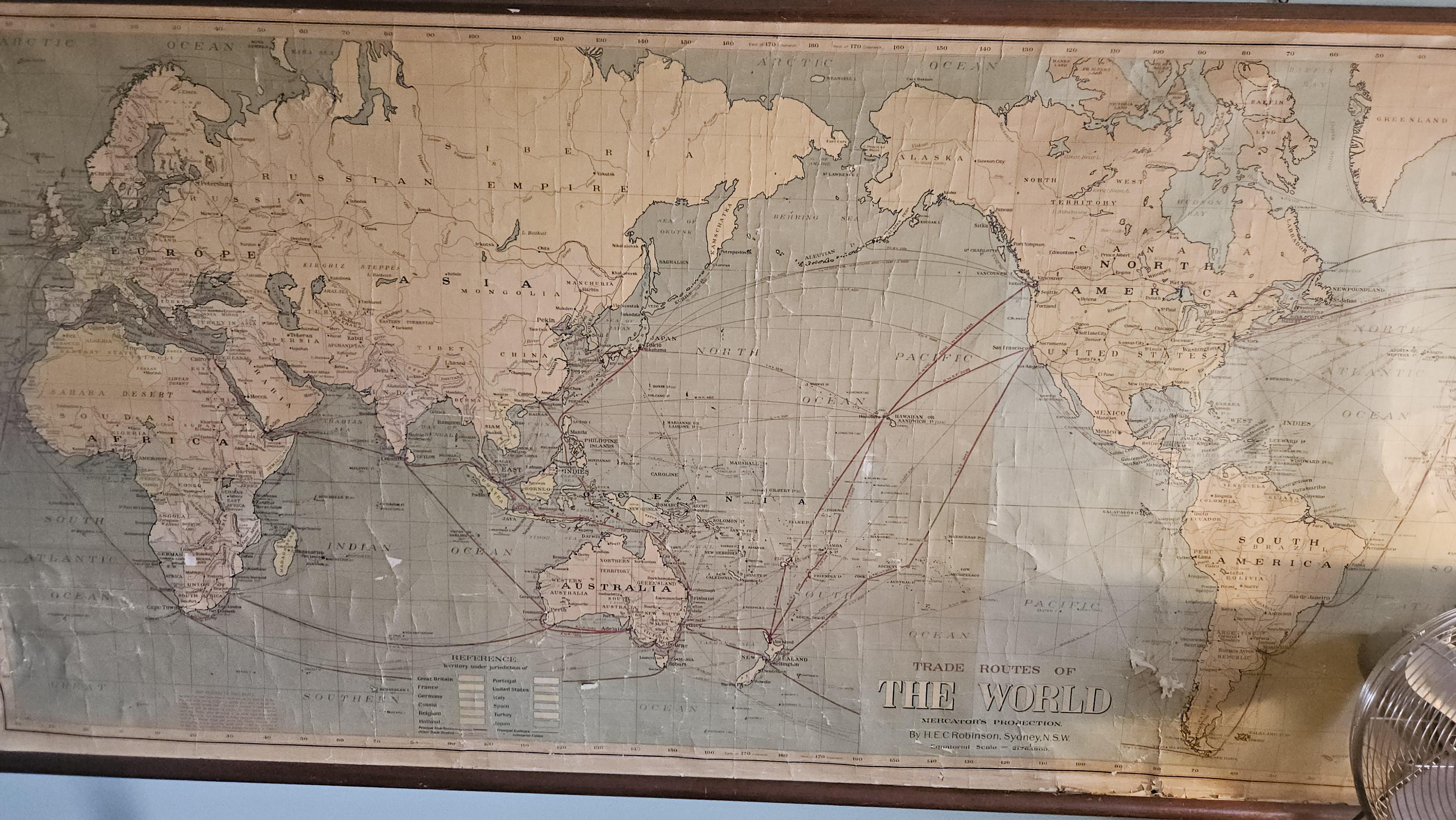Historical Map of Southeast Asia


Marcus Rodriguez
Historical Geography Expert
Marcus Rodriguez specializes in historical cartography and geographic data analysis. With a background in both history and geography, he brings unique...
Geographic Analysis
What This Map Shows
This historical map, featuring the terms "Siam," "Burma," "Russian Empire," and "Holland," provides a glimpse into the geopolitical landscape of Southeast Asia and parts of Europe in a bygone era. These names reflect the colonial and imperial influences that shaped the region's history. Understanding the historical context of these labels is crucial as they represent significant cultural and political shifts that occurred over centuries.
Deep Dive into Southeast Asia's Colonial History
Southeast Asia has a rich tapestry of history that includes the rise and fall of empires, the spread of colonialism, and the fight for independence. The term "Siam" refers to what is now Thailand, a nation that skillfully navigated colonial pressures in the 19th and early 20th centuries. Interestingly, while many neighboring countries fell under colonial rule, Siam maintained its sovereignty through savvy diplomacy and modernization efforts led by King Chulalongkorn. This is significant as it allowed Siam to serve as a buffer state between British-controlled territories and French Indochina.
On the other hand, "Burma" refers to modern-day Myanmar, which was annexed by the British in the 19th century. The British colonization of Burma was marked by significant economic exploitation and social upheaval. The country was rich in natural resources, particularly teak and oil, which attracted British interests. However, the colonial period also sowed the seeds of ethnic strife that continue to affect Myanmar today. The legacy of colonialism has profoundly impacted the nation's political landscape, leading to decades of military rule and civil conflict.
The term "Russian Empire" reflects the expansive reach of Russia during the imperial era, particularly in the 19th century. Russia sought to extend its influence into Asia, often clashing with British interests in the region. The Great Game, as it was called, was a strategic rivalry for supremacy in Central Asia and parts of the Far East, which shaped geopolitical dynamics well into the 20th century. Understanding these historical terms not only provides context for the nations involved but also highlights the interconnectedness of global history, where the fates of countries were often intertwined through imperial ambitions.
Lastly, "Holland" refers to the Netherlands, which had a profound impact on Southeast Asia, particularly through its colonial exploits in Indonesia. The Dutch East India Company played a critical role in establishing trade networks and exploiting the archipelago’s vast resources, including spices, which were highly coveted in Europe. The legacy of Dutch colonialism is still evident in Indonesia's culture, language, and societal structures today.
Regional Analysis
When examining the regions depicted in the map, one can observe distinct patterns of colonial influence. For instance, while Southeast Asian nations such as Thailand and Indonesia faced direct colonial rule, others like Cambodia and Vietnam experienced different forms of governance under French colonialism. The impacts of these varying colonial experiences are still felt today.
In Thailand, the successful preservation of sovereignty allowed for a unique cultural identity to thrive, which contrasts sharply with the post-colonial struggles faced by Myanmar. Myanmar, despite its rich history, grapples with issues of ethnic diversity and conflict, stemming from the British colonial legacy that sowed division among various ethnic groups.
In contrast, Indonesia, which was under Dutch colonial rule, is a testament to how colonialism can influence national identity. The struggle for independence in the mid-20th century united a diverse population against colonial rule, leading to the establishment of a national identity that is still evolving today.
Significance and Impact
Understanding the historical context of this map is crucial, as it highlights the lasting implications of colonialism on modern-day Southeast Asia. The borders drawn and the names used on this map serve as a reminder of the complex histories that have shaped national identities and regional relations. Furthermore, these historical dynamics have implications for contemporary geopolitical issues, such as trade, national sovereignty, and regional cooperation.
Interestingly, many countries in Southeast Asia are currently grappling with the legacy of colonialism, as they attempt to forge their paths in an increasingly interconnected world. Issues such as economic disparity, ethnic conflict, and political instability can often be traced back to colonial policies and practices. As we look to the future, understanding this historical context is essential for addressing ongoing challenges and fostering collaboration among nations in the region.
In conclusion, the historical map of Southeast Asia not only reflects a bygone era but also serves as a crucial tool for understanding the contemporary complexities of the region. By examining the terms and geopolitical realities depicted, we gain insight into the profound impacts of history on present-day societies and their interactions within a global context.
Visualization Details
- Published
- September 27, 2025
- Views
- 58
Comments
Loading comments...